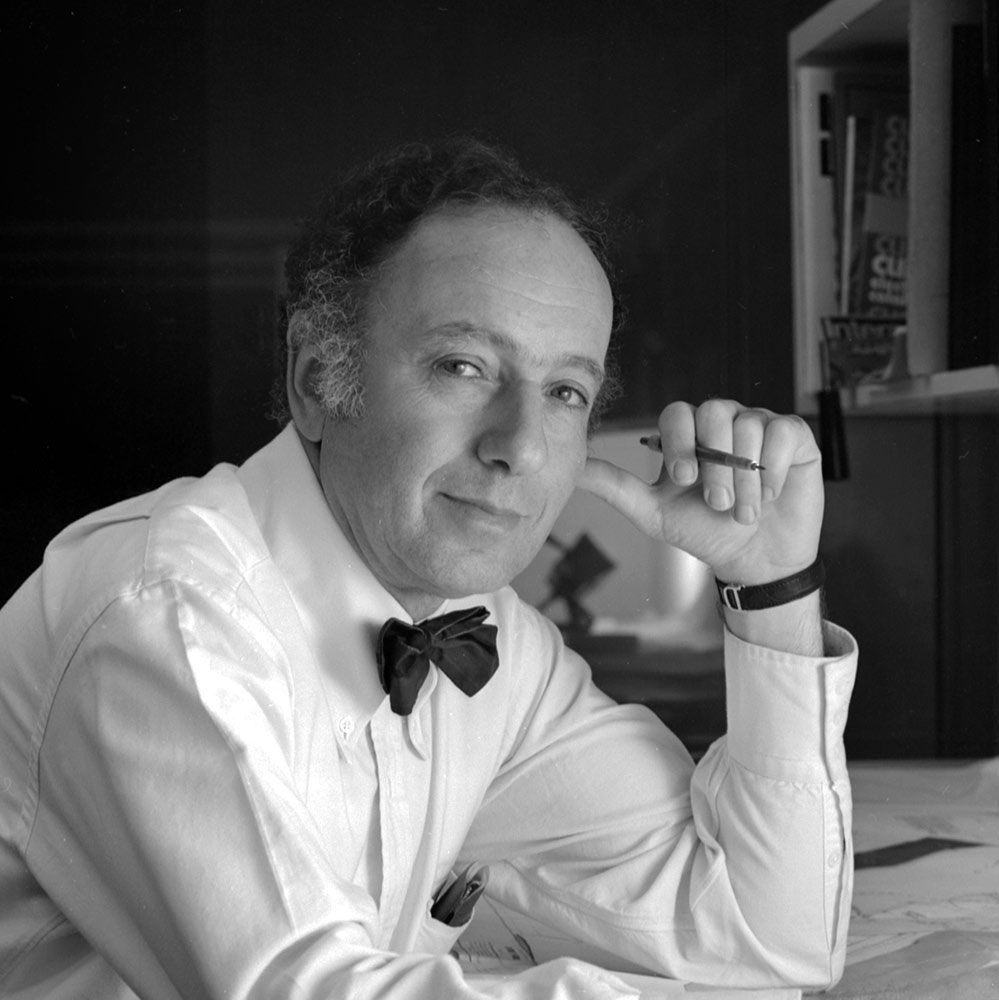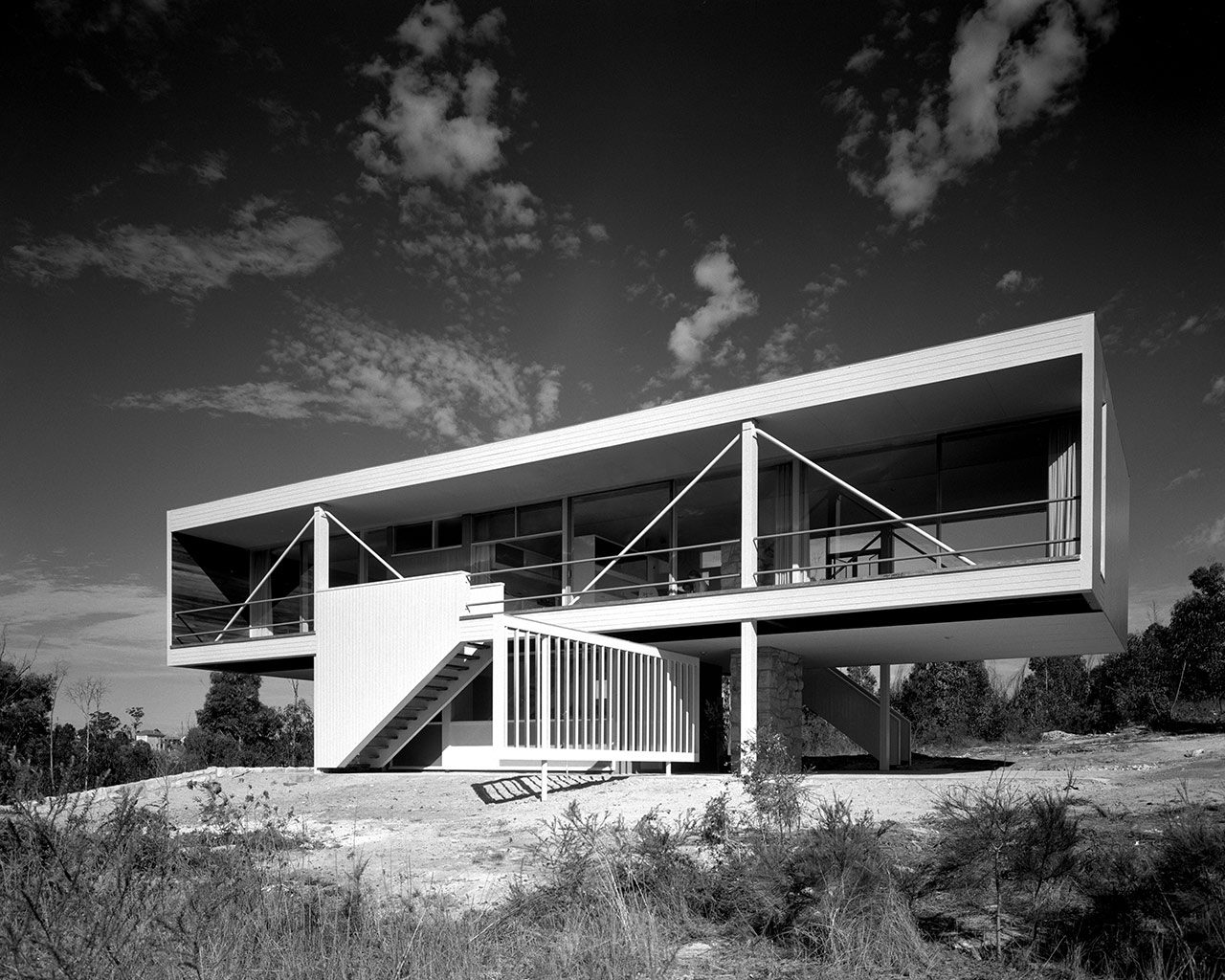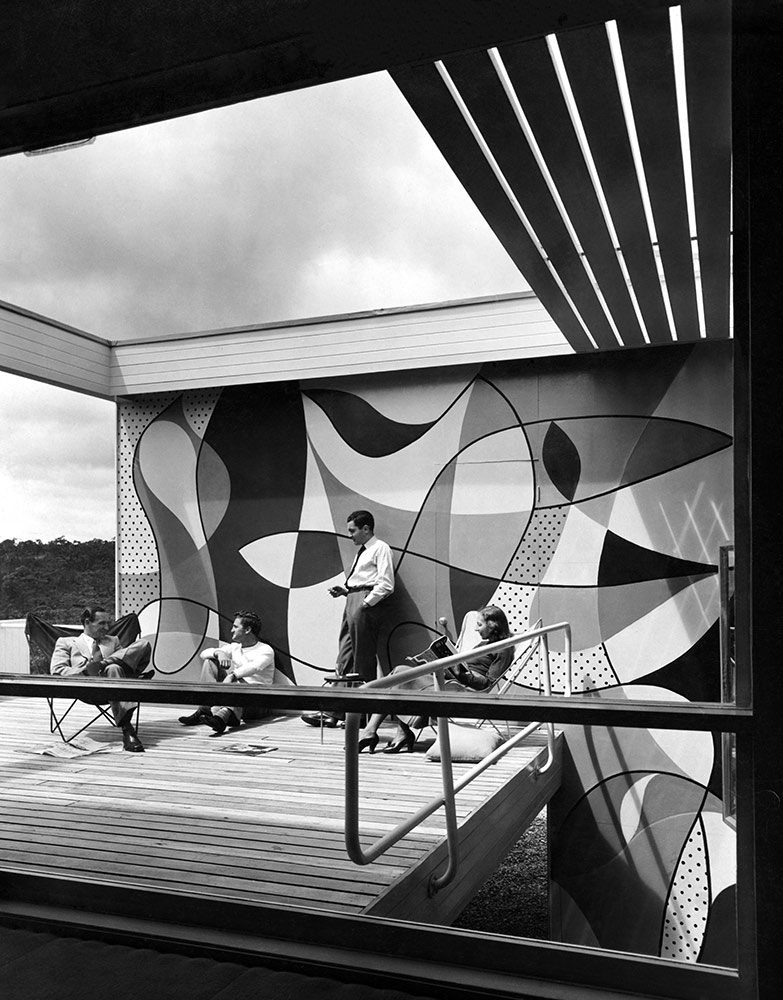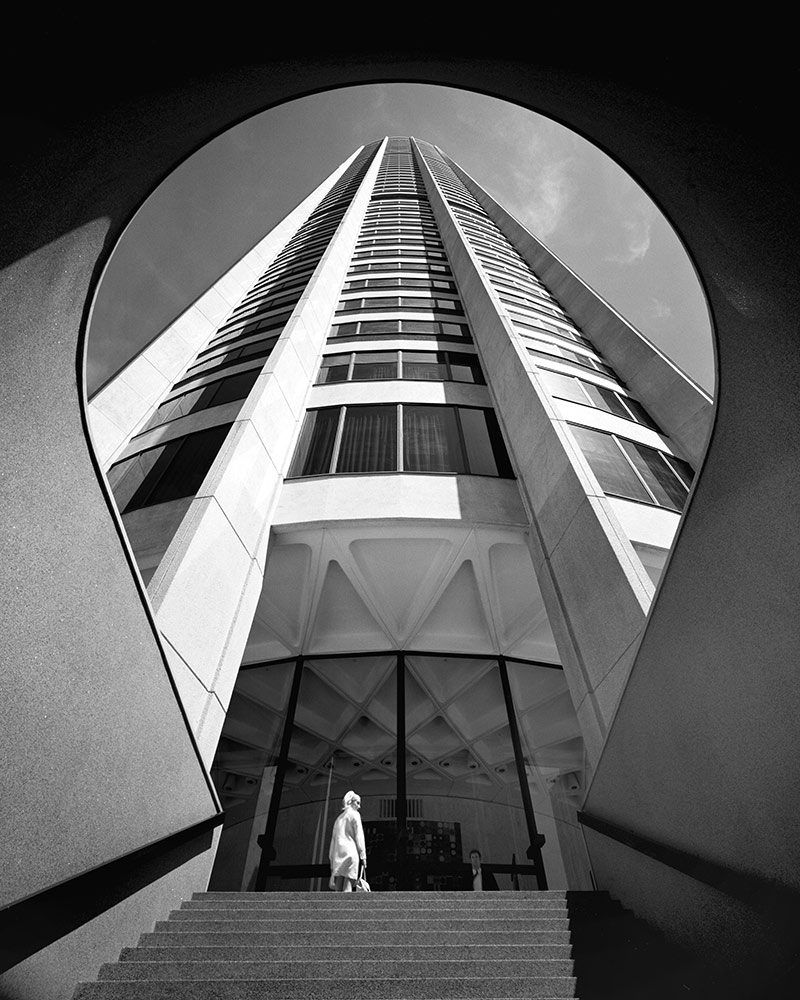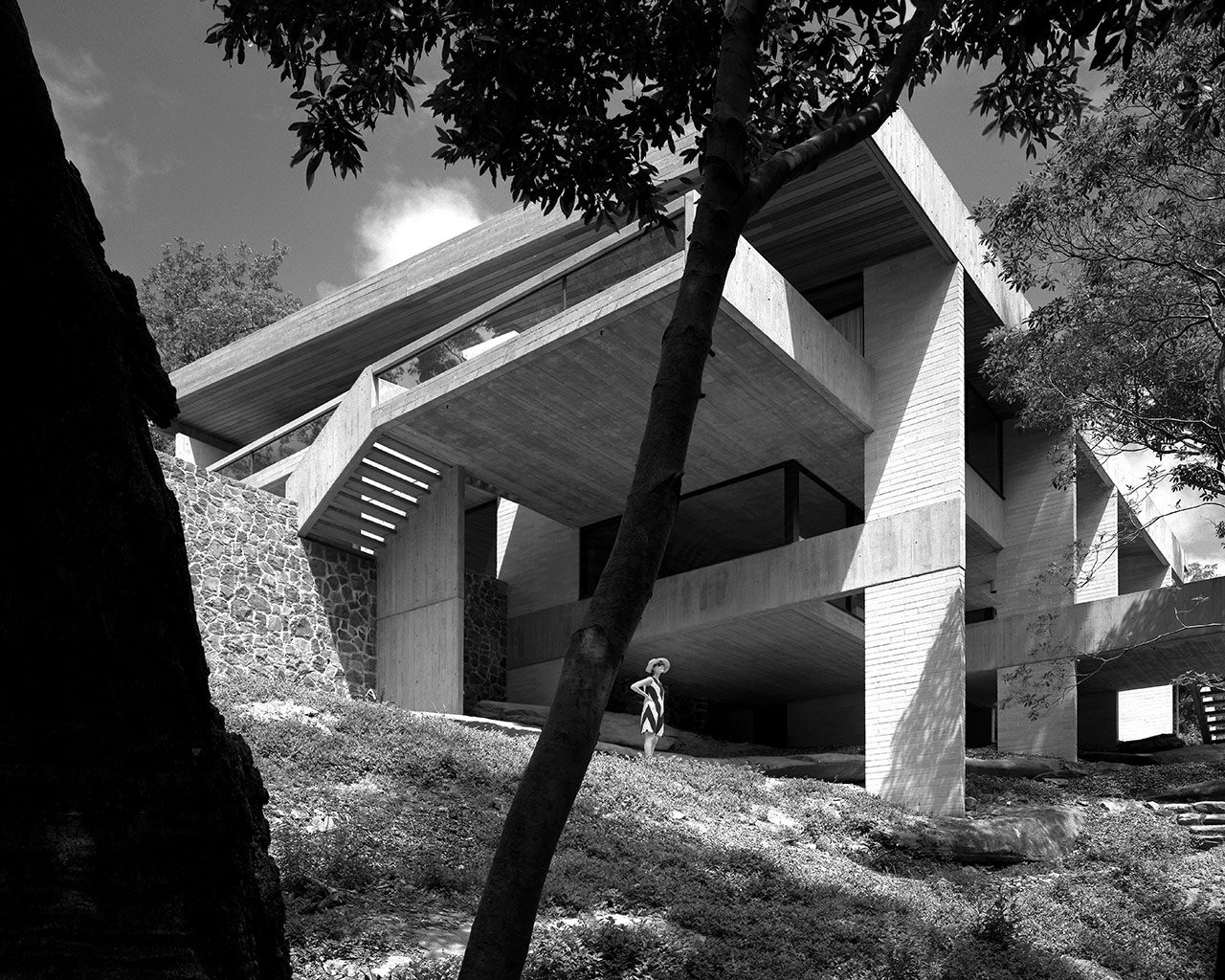ARCHITECTURE: Harry Seidler
One of the greatest architects of any era to work in the southern hemisphere, Harry Seidler has earned a special place in the history of Modern architecture. Partly trained in an engineering school, his personal technical mastery, especially of reinforced concrete, was rare amongst his own generation of designers, let alone amongst earlier Modernists, and laid the foundation for the fluid, baroque forms he produced with Luigi Nervi that characterized his later work. Matching technical competence with sculptural flair, he was one of those few designers of his age capable of fulfilling the Modernist dream of integrating art and modern technology.
By Efi Michalarou
Photo: SMAC (San Marco Art Centre) Archive
The exhibition “Migrating Modernism. The architecture of Harry Seidler” opens with the launch of SMAC San Marco Art Centre, a new centre for the arts in the heart of Venice. It is a major retrospective of the life and work of Austrian-born Australian modern architect Harry Seidler. As one of the most influential modern architects, Seidler was responsible for designing numerous pioneering buildings in Australia, and he also designed buildings in Mexico, Paris, Hong Kong and, by the end of his career, back in the city of his birth, Vienna. The exhibition considers in depth both individual projects and Seidler’s collaborations with architects and artists. These include Josef Albers, Alexander Calder, Helen Frankenthaler, Frank Stella, Lin Utzon and Sol LeWitt, he also collaborated with the famed Italian structural engineer Pier Luigi Nervi. Harry Seidler escaped Nazi-ruled Vienna at the age of 15, fleeing to England before being interned as an enemy alien and later deported to further internment camps in Canada, where he, later, upon release completed his first degree in architecture and became registered as an architect. Seidler later moved to the United States, studying and working under a remarkable lineage of masters – Walter Gropius, Josef Albers, and Marcel Breuer, and worked with Oscar Niemeyer in Brazil – before moving to Sydney at the age of 24. A decade later, he met Penelope, who became his wife, life companion and professional partner. United by a deep passion for architecture and art, they built a life enriched by collaborations with artists. After studying in the Americas, Seidler arrived in Sydney in 1948 to design his parents a house – the Rose Seidler House. He started his private practice in 1949. In Australia, he emerged as one of the most prominent figures of the modern movement, with his work spanning radical single houses to monumental towers. Partly trained in an engineering school, Seidler’s technical expertise, especially of reinforced concrete, was rare amongst his generation of designers, and set him apart from his peers. This also provided the foundation for the fluid forms he produced with Pier Luigi Nervi that characterized his work from the early 1960s.The combination of his engineering competence and sculptural flair meant that he was one of the few designers of his age capable of fulfilling the modernist dream of integrating art and technology. Celebrated as one of the most influential voices of the modern movement in Australia, Seidler shaped a legacy spanning single-family houses, inventive towers, public buildings and progressive housing schemes. These were realised in cities as varied as Sydney, Acapulco, Paris, Hong Kong, and his native Vienna. Seidler’s life and work trace the arc of modernism as both a personal journey and a global narrative, inviting reflection on architecture as a layered expression of society and a medium through which ideas migrate across continents and time. Seidler designed more than 180 buildings and he received much recognition for his contribution to the architecture of Australia. Seidler consistently won architectural awards every decade throughout his Australian career of almost 58 years across the varied categories – his residential work from 1950, his commercial work from 1964, and his public commissions from the 1970s. He was a controversial figure throughout his long career as he regularly publicly criticised planning authorities and the planning system in Sydney.
Photo: Harry & Penelope Seidler House, Killara, Sydney, Australia, Photo Max Dupain, 1968 © Penelope Seidler
Info: Curators: Ann Stephen and Paolo Stracchi, Curatorial Advisor: Nikolaus Hirsch, SMAC San Marco Art Centre, Procuratie Vecchie Venice, Piazza San Marco, 105, Venice,Italy, Duration: 9/5-13/7/2025, Days & Hours: Wed-Mon 10:00-18:00, https://smac.org/
